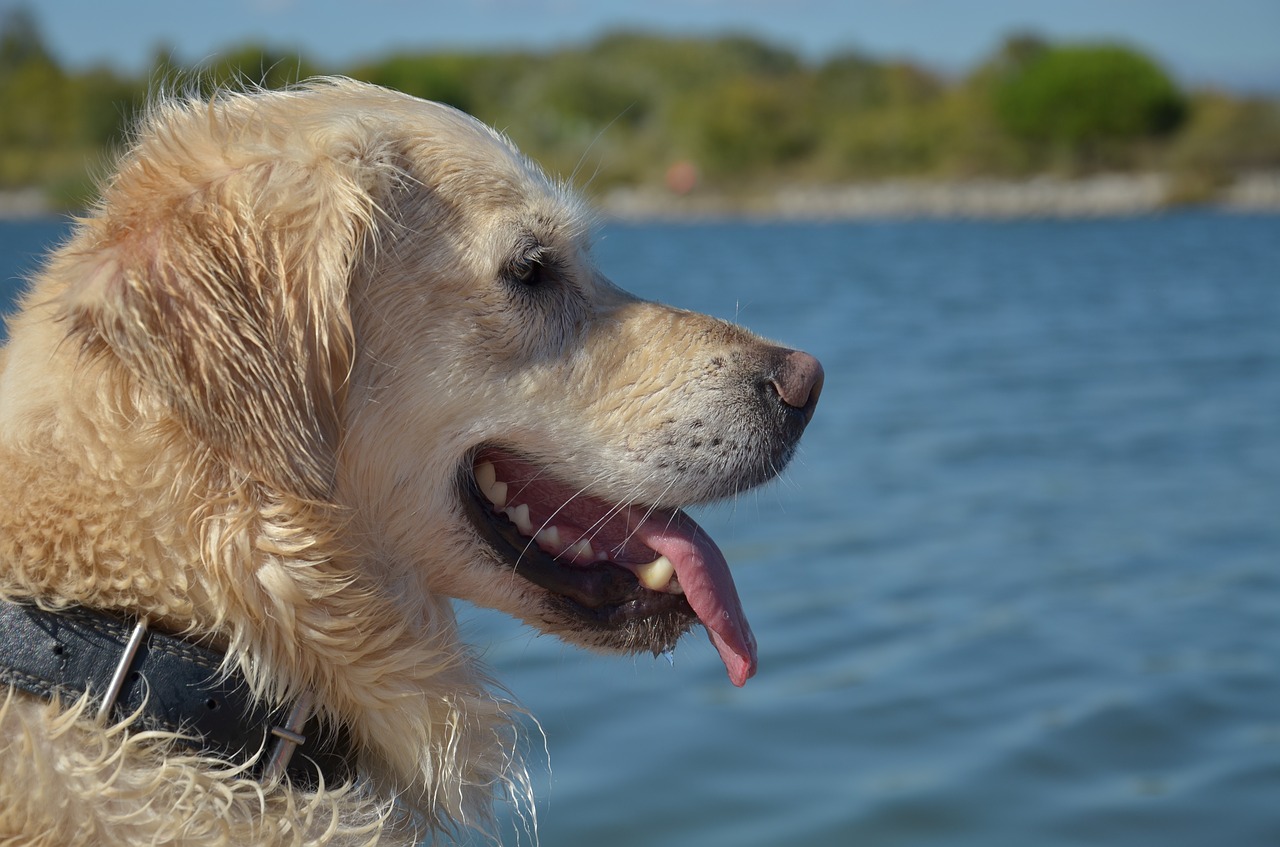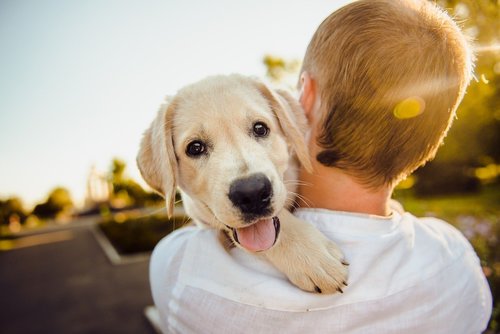However, the good news is that with proper planning and preparation, flying with a dog or pet can be simple, and even fun.
Check out our list of 10 important tips when on traveling with a pet, and you’ll be away on a stress-free break in no time.
1. Plan Ahead in Advance
This first tip focuses on the time before you’ve booked any kinds of tickets or accommodation. If you’re used to traveling with human companions only, don’t be tempted to just book tickets on your usual airline and hope for the best.
In the US, airline pet policies can vary wildly, with some barring all pets, others carrying animals as cargo only, and some welcoming (most) furry friends with open arms… for a price.
Make sure to book your flight well in advance of when you need to travel in order to leave yourself time to research fully. If you can’t find what you’re looking for online, most airlines have hotlines you can call with queries, and it might make you feel better to run any questions by an actual person.
2. Check Airline Pet Policies
One important decision you will need to take is whether to send your pet as cargo or bring it with you in the cabin as carry-on. Sometimes this decision is out of your hands—maybe your pet is too large to bring into the cabin, or perhaps you need to travel at a different time from your pet.
If you are sending your pet as cargo, make sure you look up weather conditions at the place of departure and the destination, as well as at any stops along the way. If weather conditions are particularly hot or cold, consider delaying travel as this can be harmful to your pet’s health.
You’ll also need to carefully check regulations on what sort and size of crate to use, as well as providing food and water for the journey.
Some airlines limit certain breeds from traveling due to concerns about the animal’s welfare especially brachycephalic or snub-nosed breeds like Persian cats or Pugs. If you’re traveling with an animal like this, make sure to check with the airline in advance that they will accept your pet.
If you’re flying with an emotional support animal or service animal, the rules regarding flying are different from regular pets. Firstly, you will not need to pay a pet fee, even if the airline usually charges.
Secondly, even if the airline doesn’t usually allow pets, you will still be allowed to bring your assistance animal with you into the cabin.
With ESAs, passengers may be required to show a valid ESA letter before traveling, so make sure you have your paperwork in order before you travel (more on that below).
3. Caculate Costs
The costs associated with flying with pets can vary drastically and there might be hidden charges which you might not even be aware of.
Research different airlines and check any extra fees you might be charged. Don't be afraid to call, e-mail or contact airports and airlines for information.
There are also lots ways to keep costs down including booking flights in advance, using a comparison website like Skycanner or travelling out of season.
3. Prepare, Prepare, Prepare
When you’ve found a suitable flight and booked your tickets, the next step is to get everything ready well in advance to ensure a smooth journey for you and your pet.
If your pet will be traveling in a carrier, make sure you know the maximum permissible dimensions for the airline you’re traveling with—this is usually small enough to fit under the seat in front.
Some airlines sell pet carriers of the correct dimensions, but you don’t need to get one from the airline you’re flying with.
When you have the carrier, you can help your pet get used to it by leaving it open and placing food inside. Make sure to give your pet lots of treats and verbal rewards to help the animal see this as a positive experience.
4. Visit a Vet Before Departing
Before you travel with your pet, book a check-up with the veterinarian to make sure that your pet is healthy and fit to travel.
If you’re worried about your pet experiencing travel sickness or stress during the journey, this is a good opportunity to ask about medication.
If you need a veterinary health certificate to travel (some airlines require them), make sure to leave plenty of time to request this or any other paperwork.
5. Check Paperwork
Speaking of paperwork, traveling with a pet means more documentation than traveling with a human companion. From ESA letters to vaccination certificates, it’s a good idea to have a hard copy of anything you think you might need, all kept together in a folder.
6. Stay Relaxed
When your departure date arrives, calmness really is the key to a smooth journey! Animals can pick up on our stress and will respond negatively to it, so try to keep calm.
Having everything packed a few days in advance can help, and reduce the likelihood of last-minute freak-outs, either by you or your pet.
7. Schedule Meals
When it comes to feeding before a flight there are no hard-and-fast rules, and if you’re concerned you should consult your veterinarian.
However, when it comes to dogs, a good rule of thumb is to feed them no less than four hours before your flight to allow them time to digest. This also reduces the risk of vomiting or accidents during the journey.
8. Exercise the Day Before
An underrated tip for travelling with your pet is to exercise them thoroughly the day before. This will hopefully help to have them more calm and tired than usual on the day of departure.
9. Be Patient
Airports and travel in general can be stressful even without the added addition of taking your pet with you. You might need to plan and take into considering unexpected things like delays or hectic airports. Pack snacks and be open to attention which is likely to come your way from other travelers.
10. Arrive at the Airport Early
Another way to avoid unseen circumstances is to plan your route through the airport in advance, including where you need to go through security and bag drop.
You’ll need to allow extra time for both of these stages, as your pet will need to come out of its carrier while the latter goes through the x-ray machine.
If you’re worried that your pet might try to escape at this point, leave its leash on until after you’ve cleared security. It’s also a good idea to check where the animal relief areas are ahead of time, as you don’t want to be looking for one in a hurry!
Hopefully our list of recommendations and things to think about before flying with pets has been helpful. If you have ever been on a trip with your pet and have any useful suggestions which we have missed off our list let us know in the comments section below.








